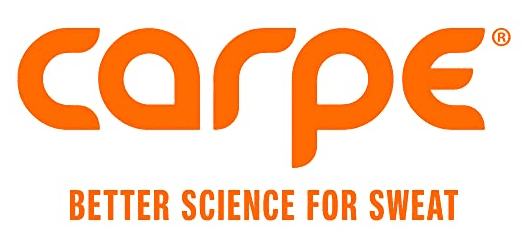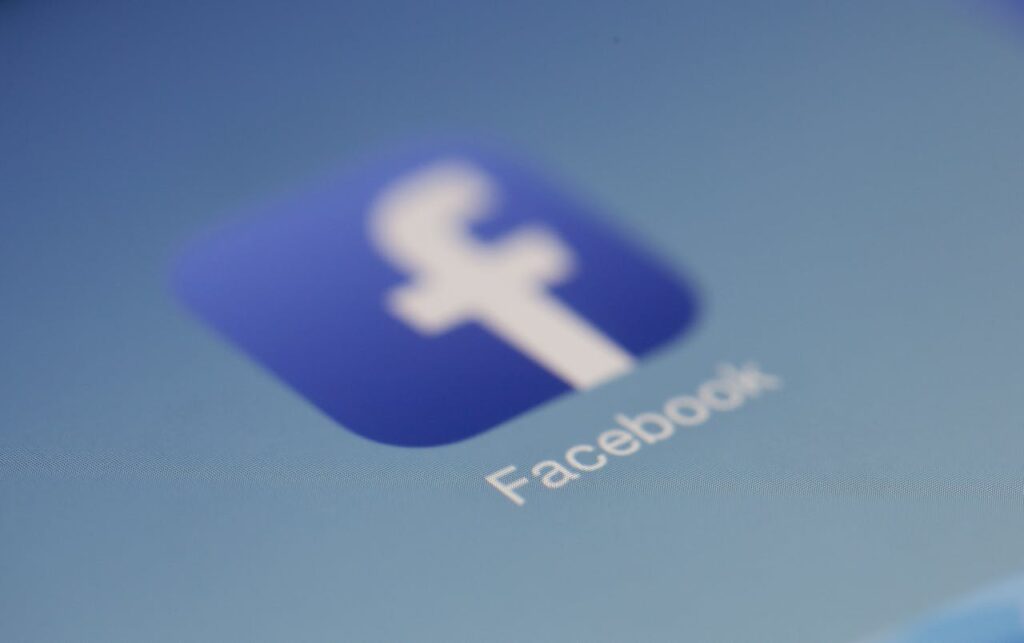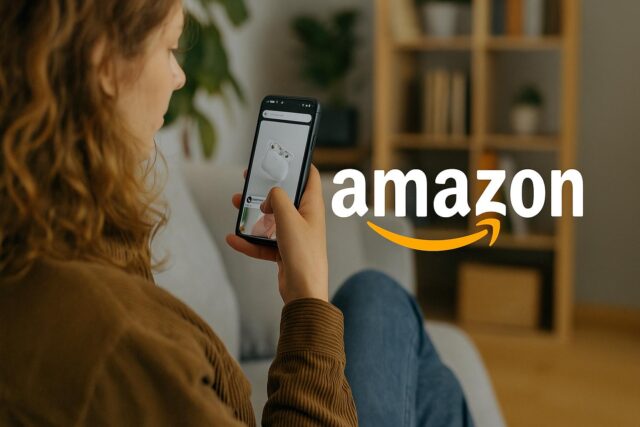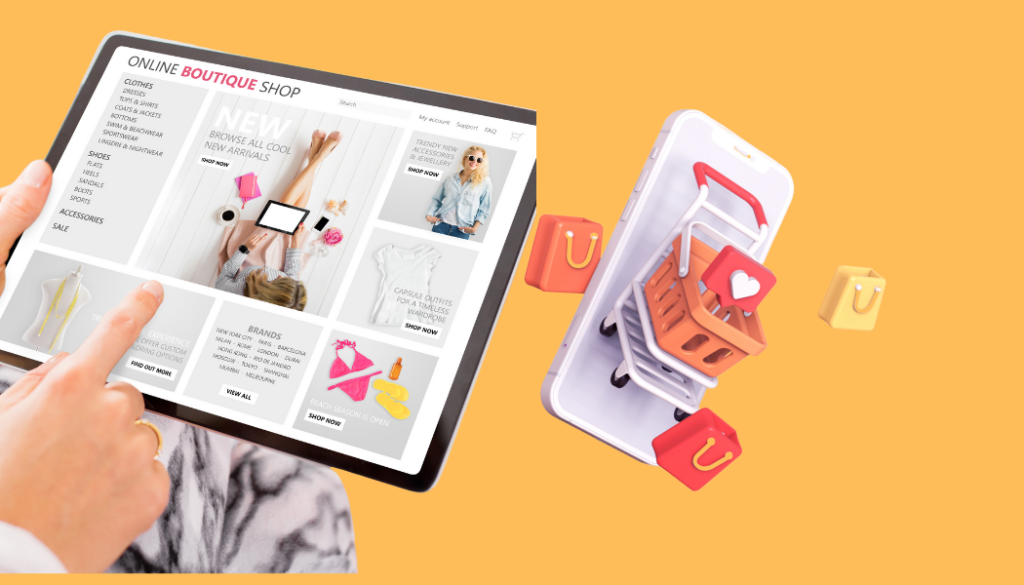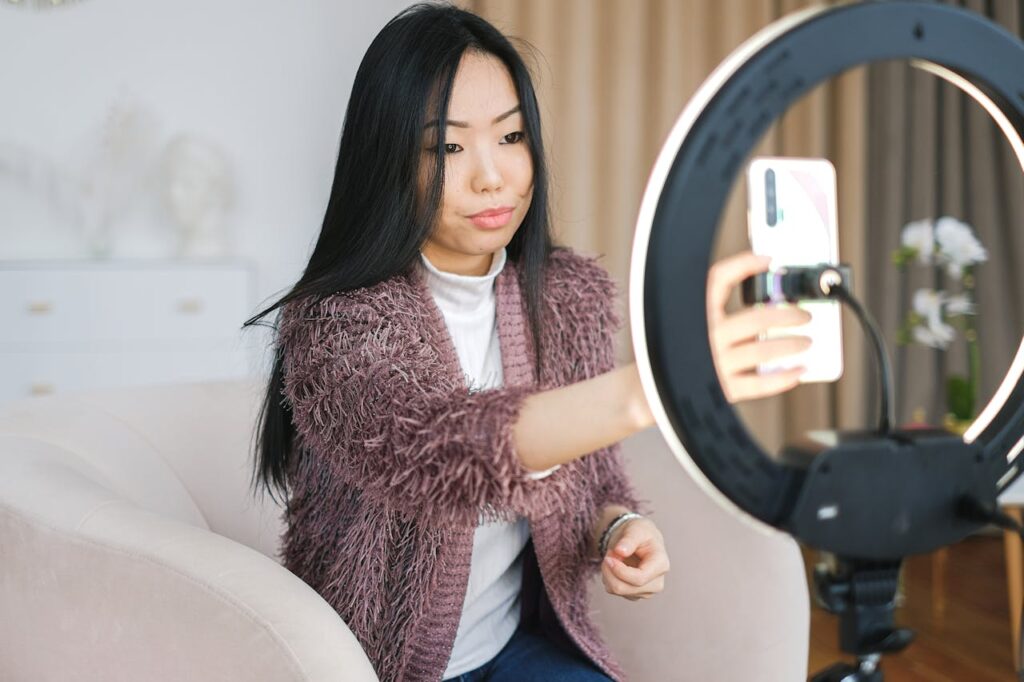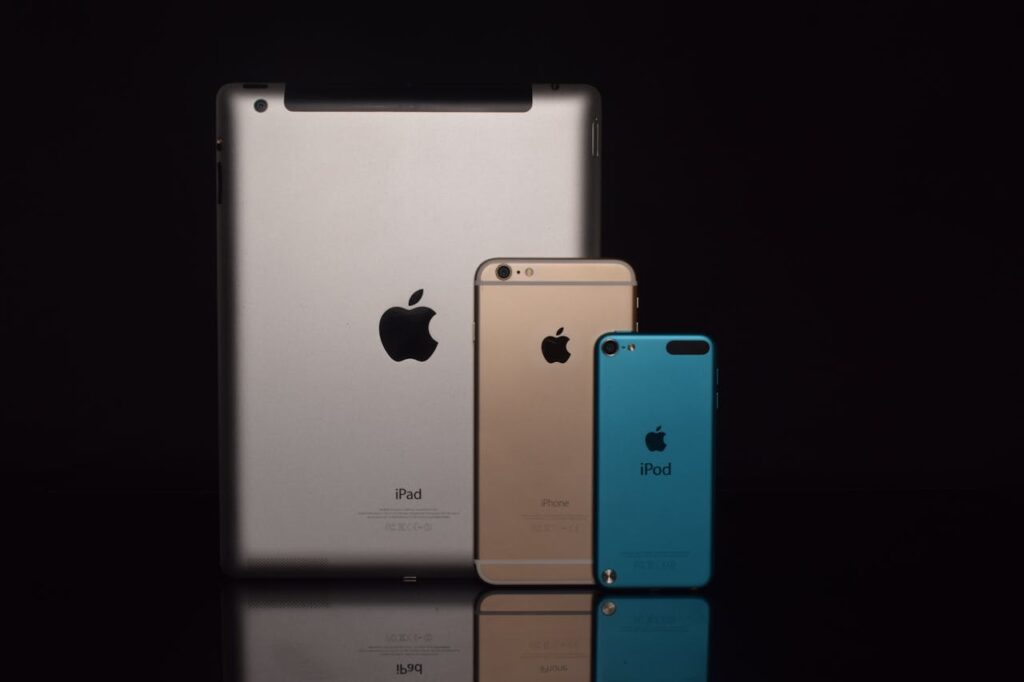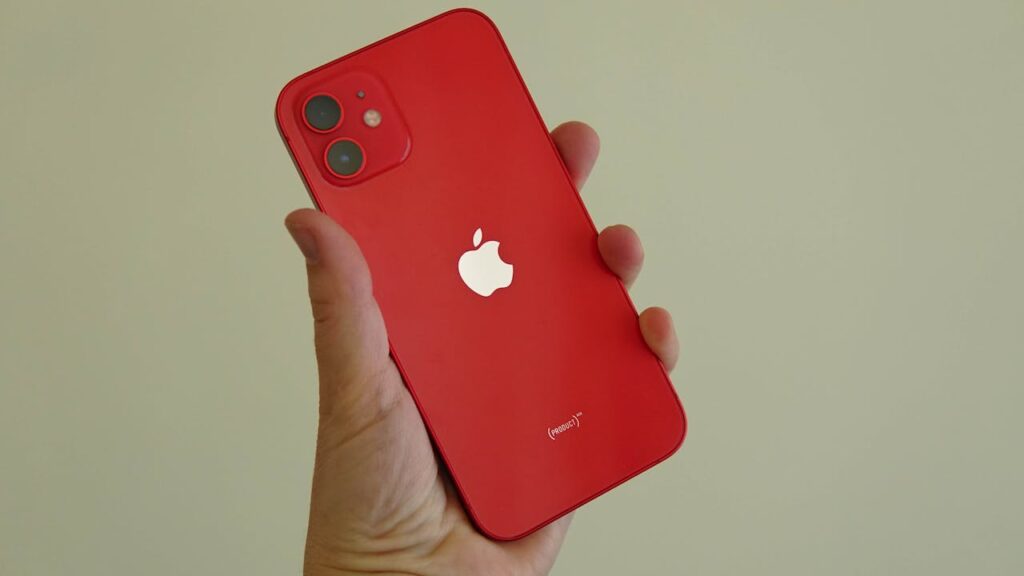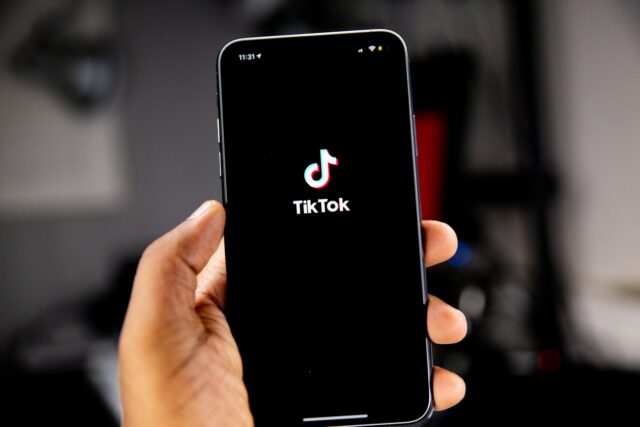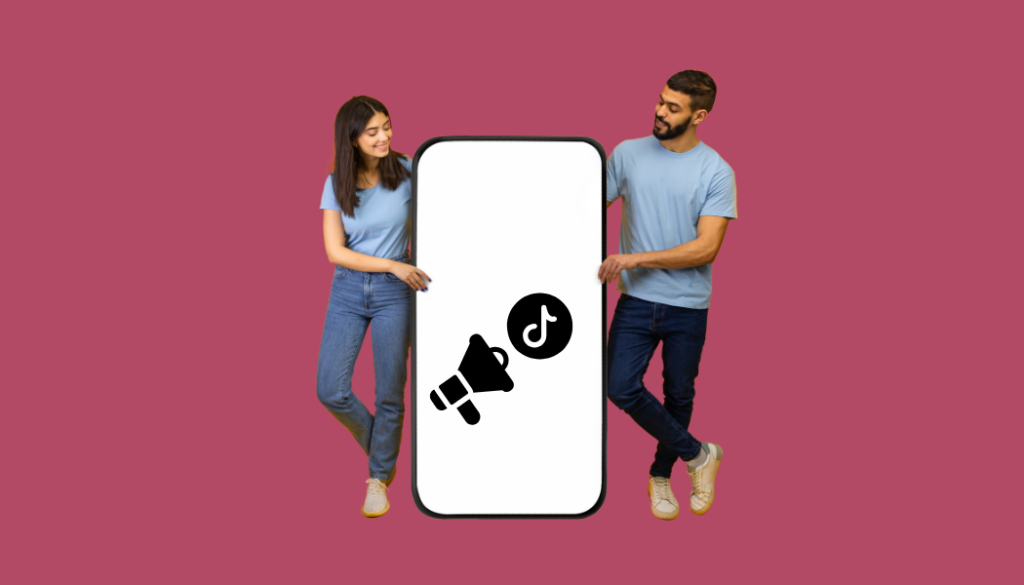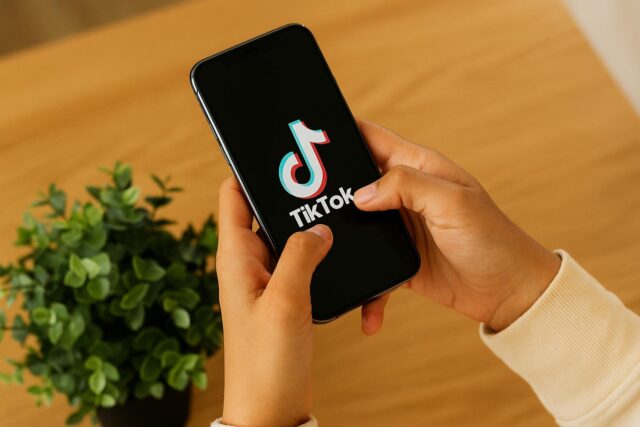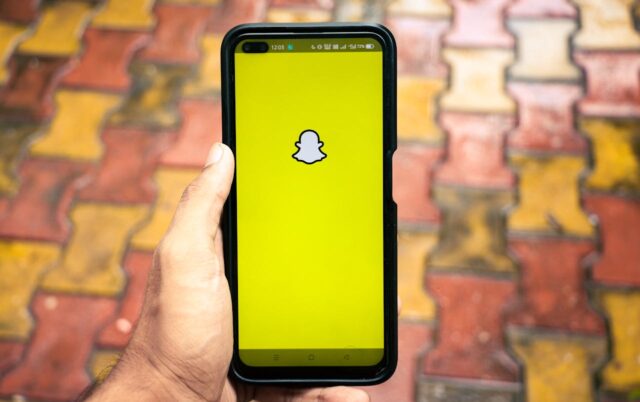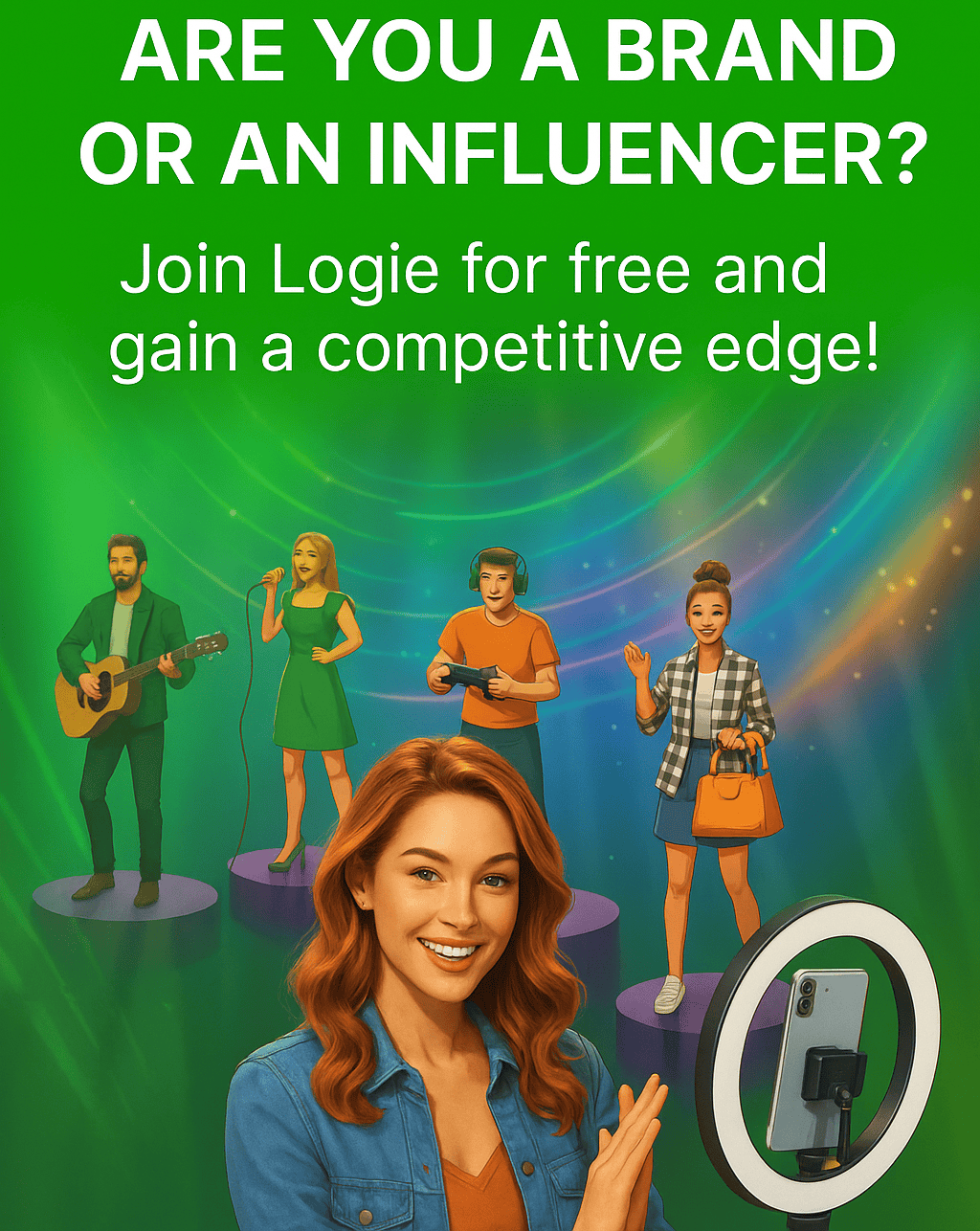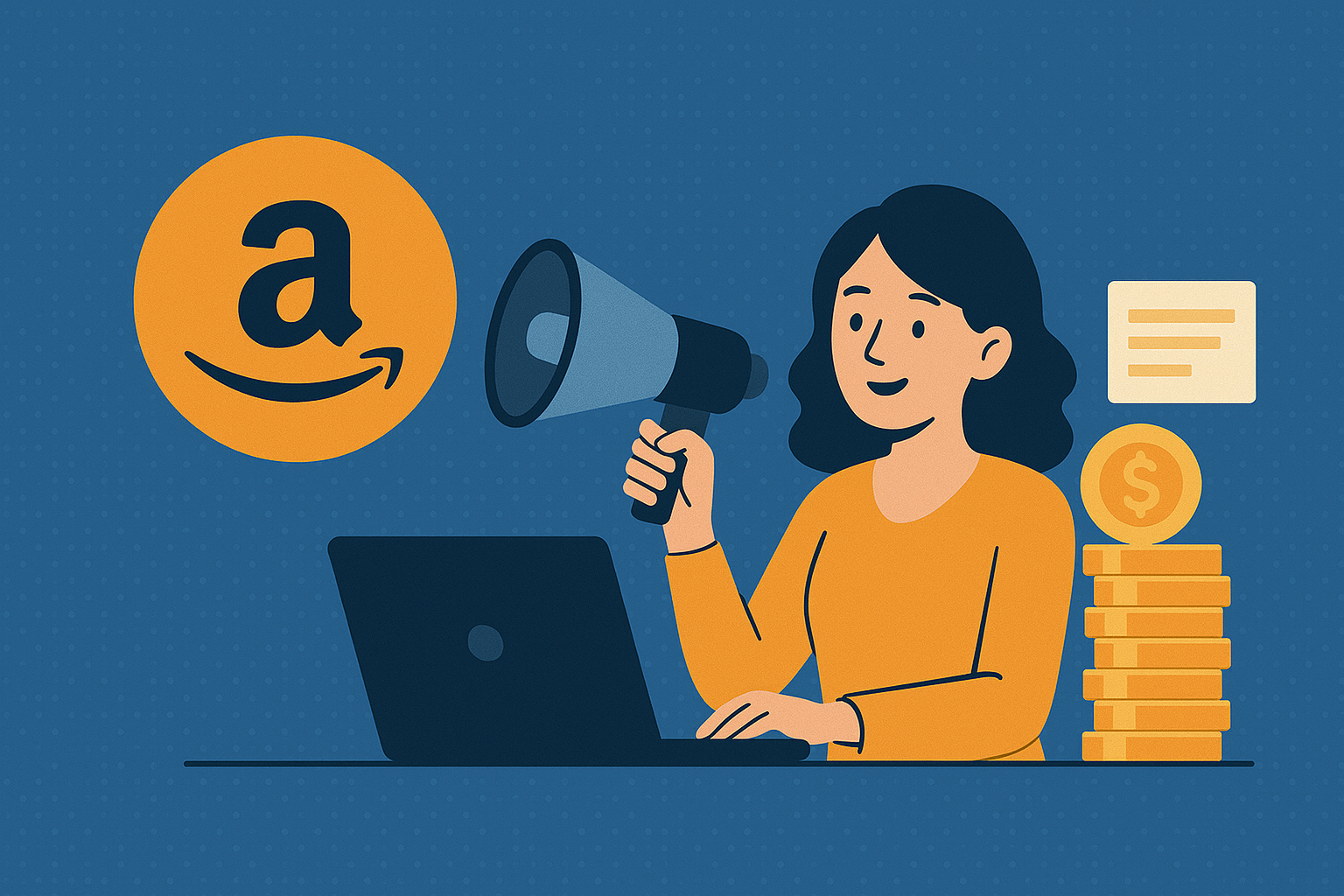Instagram’s Partnership Ads: A Fresh Way for Creators and Brands to Connect
Instagram is rolling out a new feature called Partnership Ads, and it’s already generating buzz in the creator and brand communities. This tool allows creators to provide short, text-only endorsements capped at 125 characters that appear as pinned comments on a brand’s promotional posts.
Designed to enhance collaboration between creators and brands, this feature offers creators new monetization opportunities while allowing brands to showcase authentic endorsements directly within their ads. But what does this mean for the future of influencer marketing? Let’s break it down.
What Are Partnership Ads?
Partnership Ads are Instagram’s latest effort to bridge the gap between creators and brands. According to Instagram’s official blog, this feature allows creators to share text-only endorsements that appear as pinned comments on a brand’s paid partnership ads. These testimonials are concise, limited to 125 characters, and designed to feel authentic and organic.
Unlike traditional influencer marketing, where endorsements are often embedded in posts or stories, Partnership Ads place creator testimonials directly in the comments section of a brand’s ad.
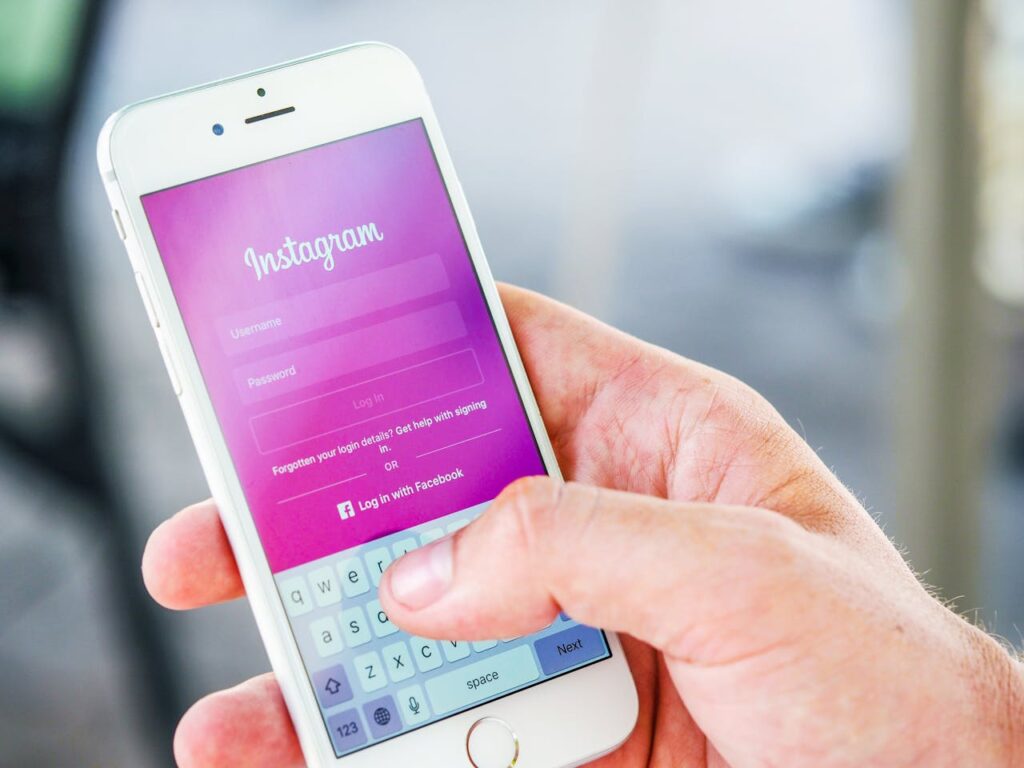
This approach keeps the endorsement visible without disrupting the ad’s primary content. For brands, this means tapping into the trust and influence that creators have built with their audiences. For creators, it’s a chance to monetize their influence in a new, low-effort way.
Why Instagram Is Betting on This Feature
Instagram’s parent company, Meta, has long recognized the power of creators in driving consumer behavior. According to MediaPost, approximately 40% of Instagram users rely on creator recommendations when purchasing.
Partnership Ads are part of Instagram’s broader strategy to facilitate brand collaboration with creators.
Instagram’s states that the feature is designed to “help brands and creators collaborate more effectively” while providing creators with “new ways to earn money.”
By integrating testimonials into the comments section, Instagram makes it easier for brands to leverage creator endorsements without disrupting the user experience.
Benefits for Creators and Brands
This feature opens up a new revenue stream for creators. Instead of relying solely on sponsored posts or affiliate links, creators can earn income by sharing short, text-based endorsements.

Instagram also highlights that creators will be compensated for their testimonials, providing them with “additional opportunities to monetize their content.” Additionally, when a brand amplifies a post featuring a creator’s testimonial, it exposes the creator to a broader audience. This increased visibility can lead to more followers, collaborations, and opportunities.
The feature offers brands a way to showcase authentic endorsements that resonate with consumers. Unlike traditional ads, which can feel impersonal, testimonials from real creators add a layer of credibility and trust.
Challenges and Considerations
While the feature has potential, its success isn’t guaranteed. One major hurdle is user engagement with the comments section.
Unlike video or image-based endorsements, which are front and center, text-only testimonials require users to scroll through and read the comments actively. As Social Samosa notes, the effectiveness of this feature will depend on how audiences interact with and value these concise endorsements.
Another consideration is the character limit. At just 125 characters, creators must craft their testimonials carefully to make an impact. This constraint could challenge creators who are used to sharing longer, more detailed endorsements.
Instagram also emphasizes that Partnership Ads are designed to be “simple and seamless” for creators and brands. However, it remains to be seen how users will respond to this new format and whether it will drive meaningful engagement.
For creators, this is another step toward diversifying income streams and gaining more control over their partnerships. For brands, it’s an opportunity to connect with audiences more authentically and impactfully.
As this feature rolls out, seeing how creators and brands adapt to it will be fascinating. Will it become a staple of Instagram’s advertising ecosystem or fade into the background like so many other experimental features?
What do you think about this new feature? Could it change the way you engage with brands or creators?


